Malawi and its people are known as the “warm heart of Africa”. Do you know why?
Malawi is known internationally as “the warm heart of Africa”. The reason? His people. When you travel this country, you will be surprised by the kindness and hospitality of its inhabitants, who will welcome you with open arms and a smile. Therefore, we recommend that you learn four notions of Chichewa, the most important local language, to be able to respond to such hospitality and to be able to share time with these very warm people of the continent.
In many places, you will find opportunities to interact with them. For example, in the fishing village of Cape Maclear, in the small villages of Likoma Island or if you do a volunteering experience like we did in Nchalo, in the south of the country, with people you will see regularly during your days there.

Do you know that Malawi used to be called Nyasaland?
The history of Malawi is told through the rule of the British colonies in Africa. Although the Portuguese were the first to discover the country’s lands, it was the British who occupied what is now the country of Malawi for the longest time. These arrived in 1859 through David Livingstone, the well-known explorer of the African continent. There, they built different settlements and missions in the area where they witnessed the great impact of the slave trade that existed between the different tribal groups. After the first settlement of British missionaries at Cape Maclear (and later in Livingstonia in order to escape the severe consequences of the malaria mosquito), in 1891 what is now Malawi became the British Protectorate of Central Africa.
The British named this protectorate Nyasaland, the capital of which was Zomba. “Nyasa” in the local Chichewa language means “lake”. It was therefore the land of the lake as much of the country was occupied by this great expanse of water. Even Lake Malawi was formerly known as Lake Nyasa.
During the First World War, the Tanzanian Germans tried to occupy the lands of Nyasaland, but were harshly repulsed. As different independence movements began to emerge across the African continent, wanting to govern themselves and not be controlled by Europeans, Africans in Malawi began to ask for certain decision-making positions. In 1953, in order to prevent, among other things, independence movements, the British united Northern Rhodesia (present-day Zambia), Southern Rhodesia (present-day Zimbabwe) and Nyasaland (present-day Malawi) in a single unit known as the Federation of Rhodesia and Nyasaland.
But the Africans, starting with the popularization of the Nyasaland African Congress, protested strongly against the British, and they agreed with the british in 1962 to the country’s independence, after the Malawi Congress Party (formerly known as the African Congress of Nyasaland) won the legislative elections. The British Empire’s Federation of Rhodesia and Nyasaland was dissolved in 1963, and Malawi became independent on 6th July 1964. Nyasaland was renamed Malawi, which in the local language means “land of flames “, a name that may have been taken from their habit of burning dead grass to prepare the land for cultivation.
Do you know that Malawi is the only country in the world where there is a Carlsberg brewery (with the exception, of course, of Denmark where it is originally from)?
Carlsberg beer is internationally known. Of Danish origin, it is very intriguing that the only factory they have outside of Denmark is in Africa and, interestingly enough, in Malawi. In 1968, the Carlsberg group set up what would be the group’s first brewery outside of Denmark, choosing Malawi, a major producer of maize, a grain introduced by the Portuguese in the 17th century in exchange for of ivory and slaves, among others.
In Malawi, you will find that the local beer is Carlsberg, but not because it is imported but because it is brewed there. Among the beers you can find, Green stands out, the classic and usual blond beer. For a stronger beer you can always order the black Stout and also the Kuche Kuche, one of our favorites and which in the local language means “from sun to sun”.

David Livingstone called Lake Malawi “the lake of stars”
Lake Malawi is also known as the Lake of Stars. In 1859, when David Livinsgtone came to the shore of the waters of the lake that he would call Lake Nyasa (which in the local language means lake), he also decided to nickname it the Lake of the Stars. Do you know why?
Lake Malawi is a major source of food for most of the local people as a significant amount of fish are found in its waters. At night, they usually go out fishing in wooden boats and with a light to illuminate themselves. The effect of these lights with the darkness of the black night create an optical effect where the lights look like stars on the lake. Because of this, Livinsgtone said that Lake Nyasa was also the lake of stars.
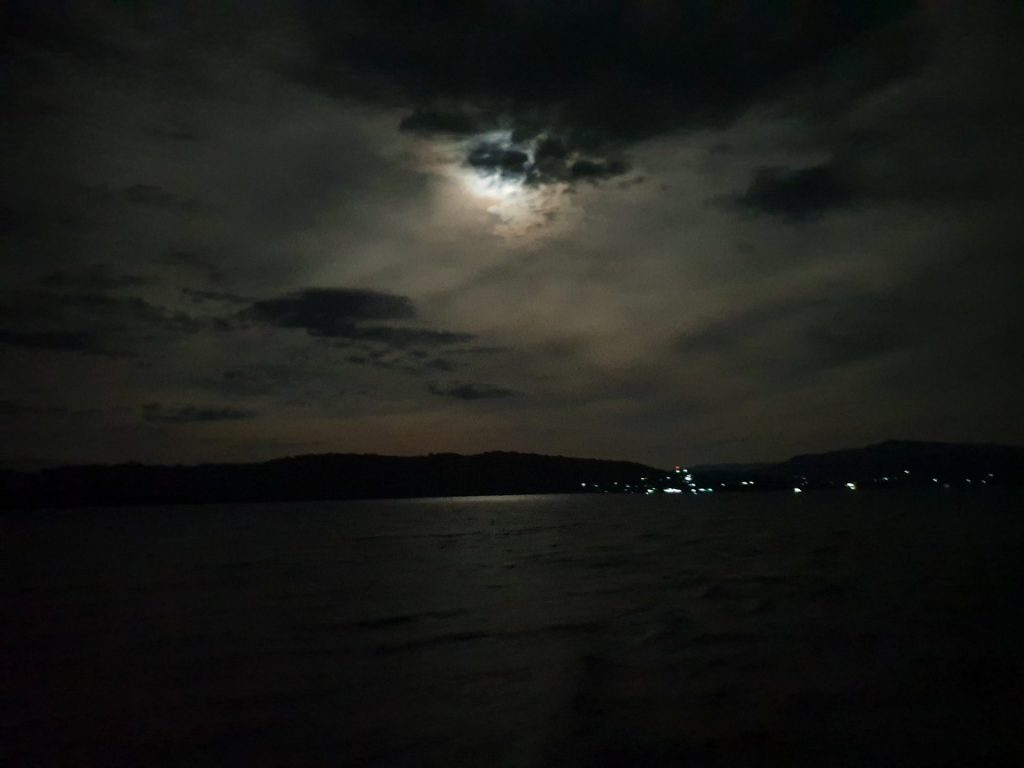
Do you know that Nsima is one of Malawi’s quintessential dishes?
On a gastronomic level, in Malawi you can enjoy a dish that you will also find in many African countries and that there, is known by the name of Nsima. It is a crushed corn paste that accompanies other dishes such as fish or meat. In Nchalo, we ate it every day as it is the usual dish in most households in Malawi because it is a country that has a lot of wheat. From the corn, they make a flour that they use to make this pasta. Therefore, it is normal that during your trip around the country, you will find many corn kernels on the side of the road that are being dried by the sun’s rays.
Another dish they say is famous in Malawi is Chambo. Chambo is a species of fish in the tilapia family that many locals eat (you’ll see it dried in the sun too, and can be roasted or fried) and found in Lake Malawi. We, however, did not eat it because it is a species that is increasingly in danger of extinction due to overfishing, among other reasons.
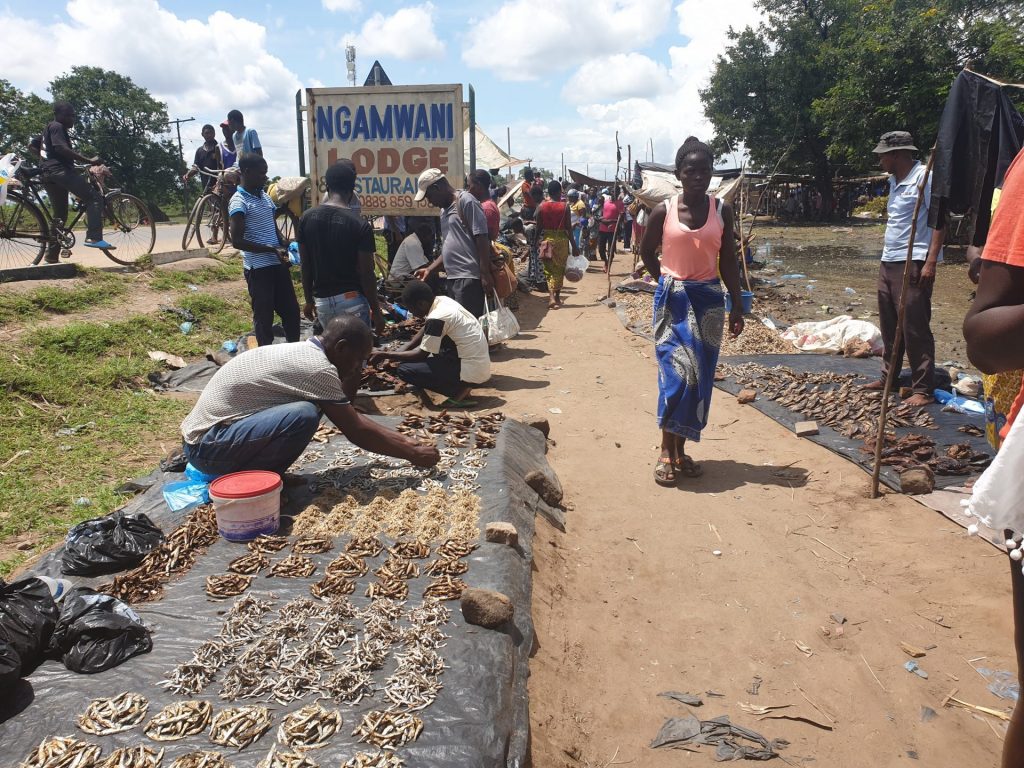
The flag of Malawi has 3 colors and a sunrise. What does it represent?
The flag of Malawi has 3 colors and a sunrise. Above, we find the black color that represents the African population. In the middle, we find the red color that symbolizes the blood shed by the different martyrs and warriors who have fought for the freedom of Africa from the different colonizations. And, below, we find the green color that represents the nature and landscape of Malawi, which, as you can see if you go there or read our blog, is a very present color in the country.
At the top of the flag is a figure of a sun (cut in half) representing the sunrise of freedom and hope for Africa. This sun has 31 rays symbolizing that Malawi was the 31st country in Africa to achieve independence.
Lake Malawi, one of the most beautiful lakes on the planet
Lake Malawi is the third largest lake in Africa, behind Lake Victoria and Lake Tanganyika. In fact, it is larger than the largest lake in Europe and is considered the ninth largest lake on the planet. A fifth of the country of Malawi is covered by the waters of its lake, which is also part of Mozambique and Tanzania.
In Lake Malawi, we find two very curious islands: Likoma Island and Chizumulu Island. These islands are much closer to the land of Mozambique. In fact, they are surrounded by its waters, but they are part of Malawi after, from the second world war, when most of the borders of the African continent were drawn, the various European colonies decided that these two small islands would form part of the current state of Malawi, and not of Mozambique, because of its Anglican tradition, since it was one of the main centers of this religion in Africa, with the predominant cathedral of Saint Peter.
Lake Malawi is considered the lake with the most different species of fish in the world. As a result of this exceptional diversity, the lake is considered an example of global biodiversity because almost all the species it contains are found nowhere else on the planet. It is one of the most important treasures of freshwater lakes and, for all this, the Cape Maclear area is a National Park that has been declared a World Heritage Site.

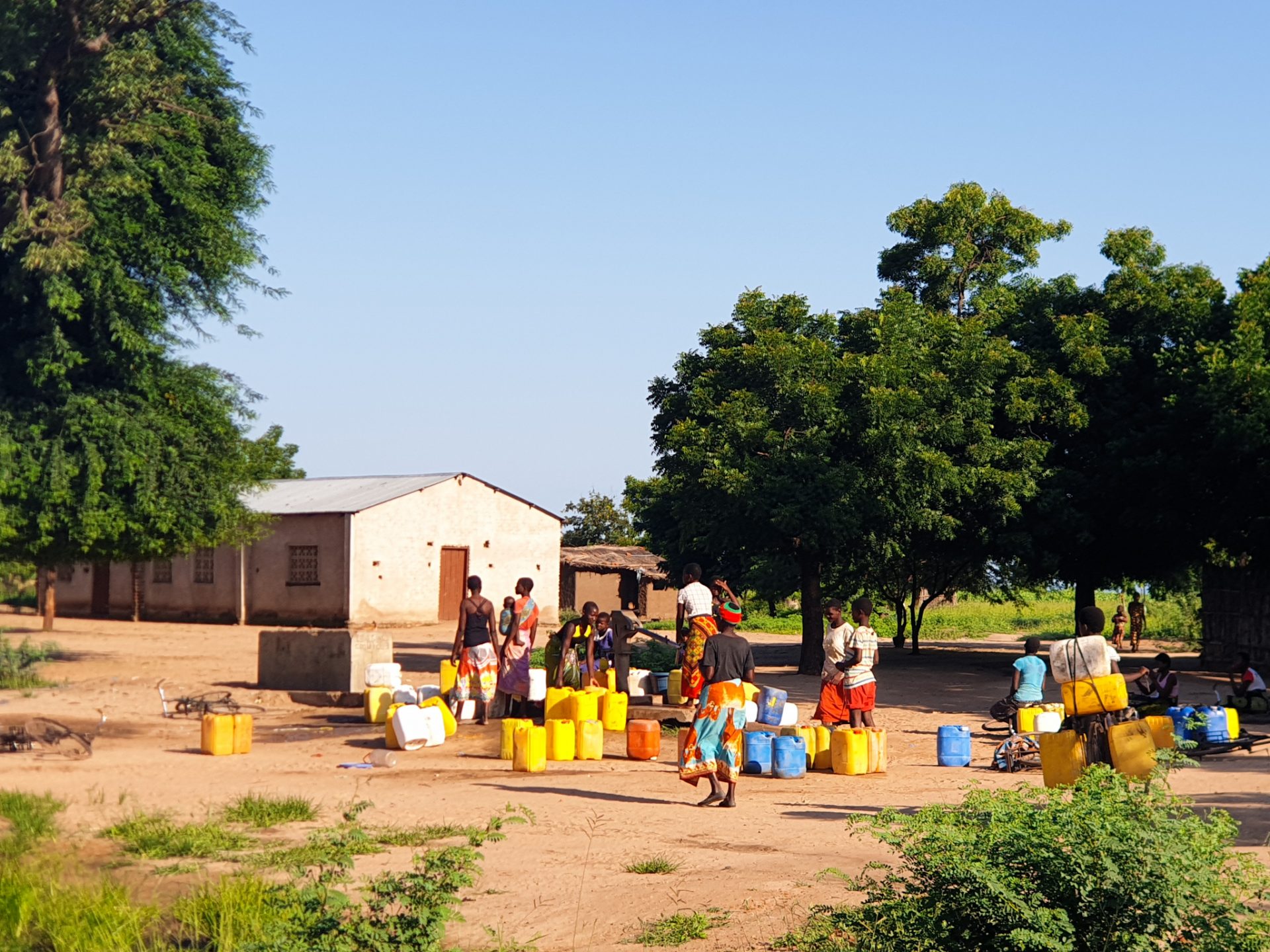

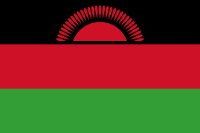
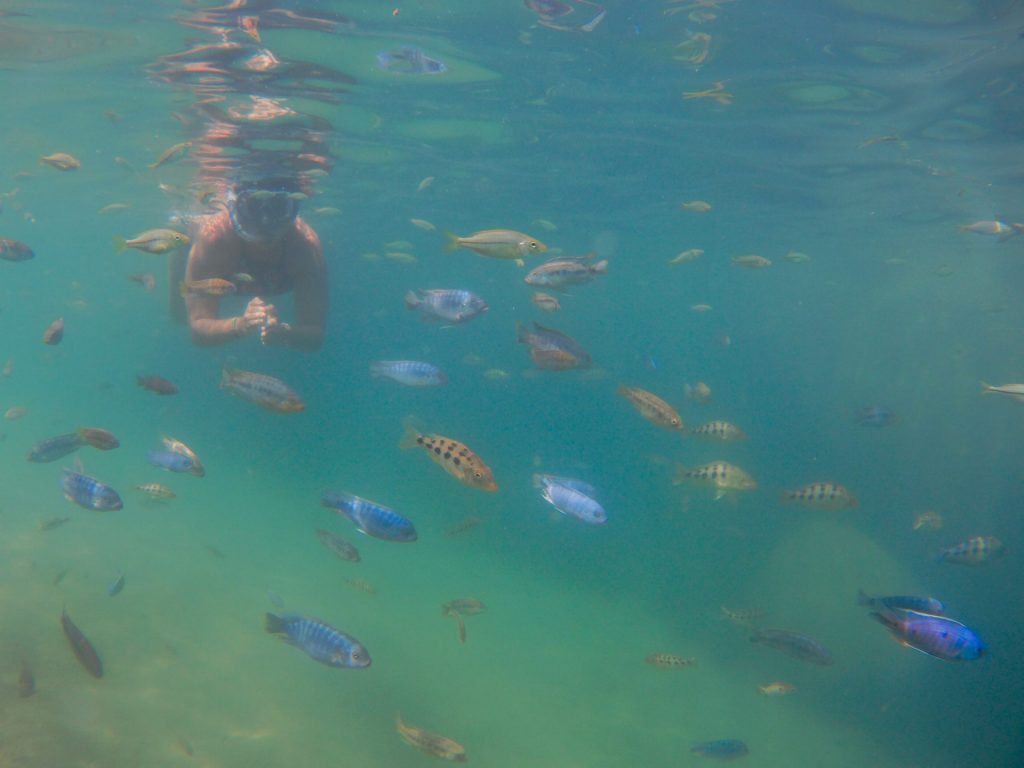
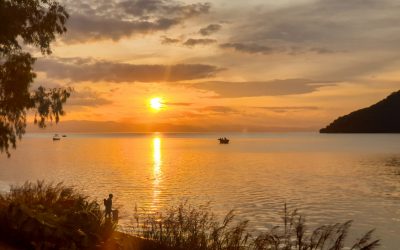
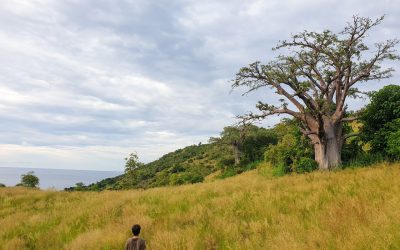
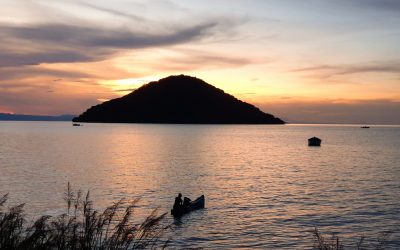
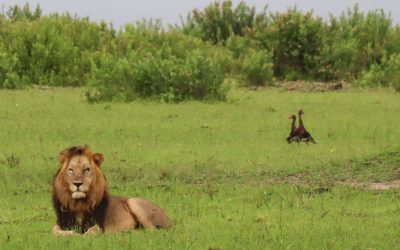
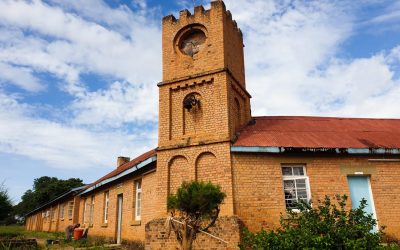

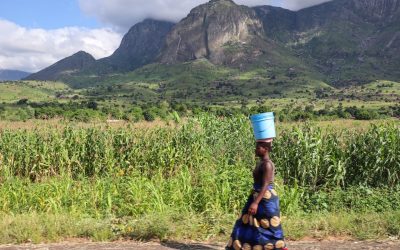
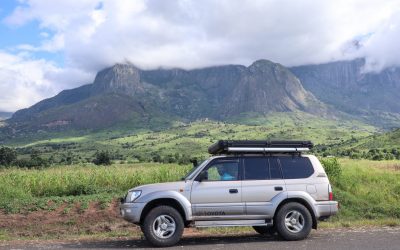
0 Comments